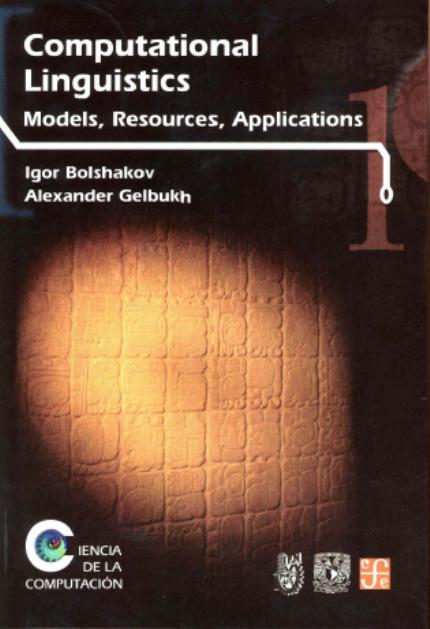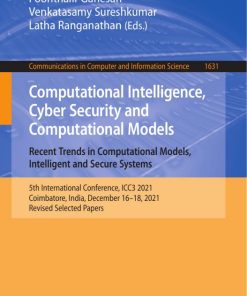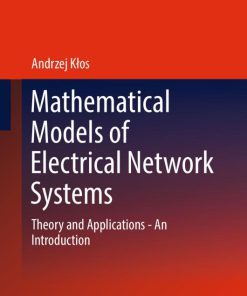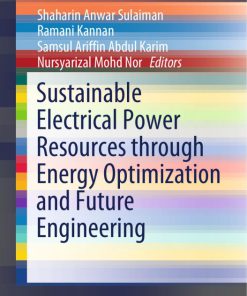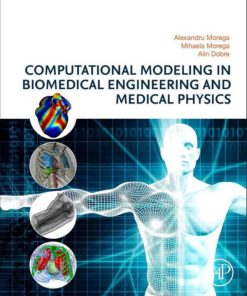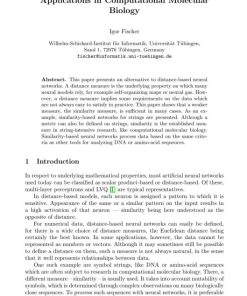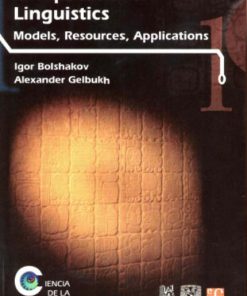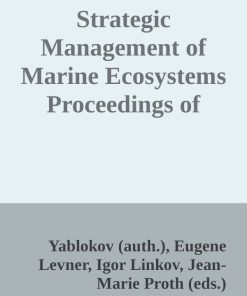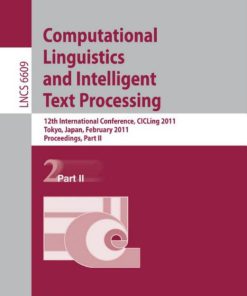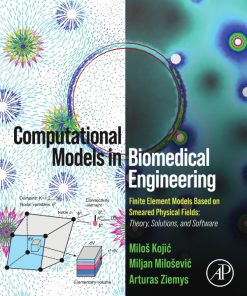(Ebook PDF) Computational Linguistics Models Resources Applications 1st edition by Igor Bolshakov, Alexander Gelbuk 9703601472 full chapters
$50.00 Original price was: $50.00.$25.00Current price is: $25.00.
Authors:Igor A. Bolshakov; Alexander Gelbukh , Series:Linguistics [1] , Tags:Linguistics , Author sort:Bolshakov, Igor A. & Gelbukh, Alexander , Ids:9789703601479 , Languages:Languages:eng , Published:Published:Nov 2004 , Publisher:Instituto Politécnico Nacional , Comments:Comments:The growth of the amount of available written information originated in the Renaissance with the invention of printing press and increased nowadays to unimaginable extent has obliged the man to acquire a new type of literacy related to the new forms of media besides writing. One of such forms is the computer—an object of the modern world that increases the degree of freedom of human action and knowledge, where the fantasy becomes reality, and the new common alphabet penetrates the presence marked by such a phenomenon as computing.
Computational Linguistics: Models, Resources, Applications 1st edition by Igor A. Bolshakov, Alexander Gelbuk – Ebook PDF Instant Download/DeliveryISBN: 9703601472
Full download Computational Linguistics: Models, Resources, Applications 1st edition after payment.
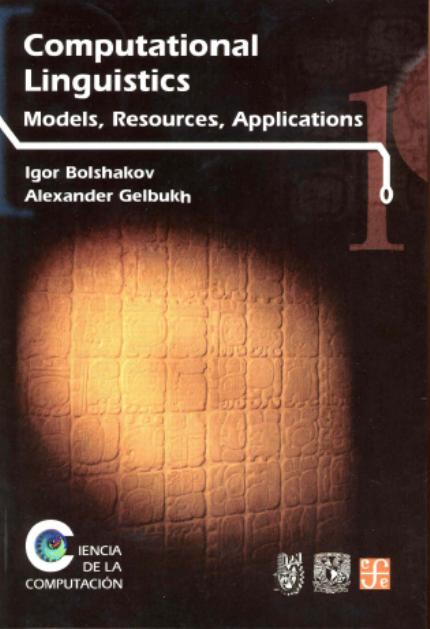
Product details:
ISBN-10 : 9703601472
Author : Igor A. Bolshakov, Alexander Gelbuk
Can computers meaningfully process human language? If this is difficult, why? If this is possible, how? This book introduces the reader to the fascinating science of computational linguistics and automatic natural language processing, which combines linguistics and artificial intelligence. The main part of the book is devoted to the explanation of the inner working of a linguistic processor, a software module in charge of translating natural language input into a representation directly usable by traditional artificial intelligence applications and, vice versa, of translating their answer into human language. Overall emphasis in the book is made on a well-elaborated, though—for a number of historical reasons—so far little-known in the literature computational linguistic model called Meaning-Text Theory. For comparison, other models and formalisms are considered in detail. The book is mainly oriented to researchers and students interested in applications of natural language processing techniques to Spanish language. In particular, most of the examples given in the book deal with Spanish language material—which is a feature of the book distinguishing it from other books on natural language processing. However, our main exposition is sufficiently general to be applicable to a wide range of languages. Specifically, it was taken into account that many readers of the book will be Spanish native speakers. For them, some comments on the English terminology, as well as a short English-Spanish dictionary of technical terms used in the book, were included. Still, reading the book in English will help Spanish-speaking readers to become familiar with the style and terminology used in the scientific literature on the subject.
Computational Linguistics: Models, Resources, Applications 1st Table of contents:
I. Introduction
The role of natural language processing
Linguistics and its structure
What we mean by computational linguistics
Word, what is it?
The important role of the fundamental science
Current state of applied research on Spanish
Conclusions
II. A Historical Outline
The structuralist approach
Initial contribution of Chomsky
A simple context-free grammar
Transformational grammars
The linguistic research after Chomsky: Valencies and interpretation
Linguistic research after Chomsky: Constraints
Head-driven Phrase Structure Grammar
The idea of unification
The Meaning ⇔ Text Theory: Multistage transformer and government patterns
The Meaning ⇔ Text Theory: Dependency trees
The Meaning ⇔ Text Theory: Semantic links
Conclusions
III. Products of Computational Linguistics: Present and Prospective
Classification of applied linguistic systems
Automatic hyphenation
Spell checking
Grammar checking
Style checking
References to words and word combinations
Information retrieval
Topical summarization
Automatic translation
Natural language interface
Extraction of factual data from texts
Text generation
Systems of language understanding
Related systems
Conclusions
IV. Language as a Meaning ⇔ Text Transformer
Possible points of view on natural language
Language as a bi-directional transformer
Text, what is it?
Meaning, what is it?
Two ways to represent Meaning
Decomposition and atomization of Meaning
Not-uniqueness of Meaning ⇒ Text mapping: Synonymy
Not-uniqueness of Text ⇒ Meaning mapping: homonymy
More on homonymy
Multistage character of the Meaning ⇔ Text transformer
Translation as a multistage transformation
Two sides of a sign
Linguistic sign
Linguistic sign in the mmt
Linguistic sign in hpsg
Are signifiers given by nature or by convention?
Generative, mtt, and constraint ideas in comparison
Conclusions
V. Linguistic Models
What is modeling in general?
Neurolinguistic models
Psycholinguistic models
Functional models of language
Research linguistic models
Common features of modern models of language
Specific features of the Meaning ⇔ Text Model
Reduced models
Do we really need linguistic models?
Analogy in natural languages
Empirical versus rationalist approaches
Limited scope of the modern linguistic theories
Conclusions
People also search for Computational Linguistics: Models, Resources, Applications 1st:
findings of the association for computational linguistics
the oxford handbook of computational linguistics
computational linguistics and computer vision are
computational linguistics ai
computational linguistics articles

